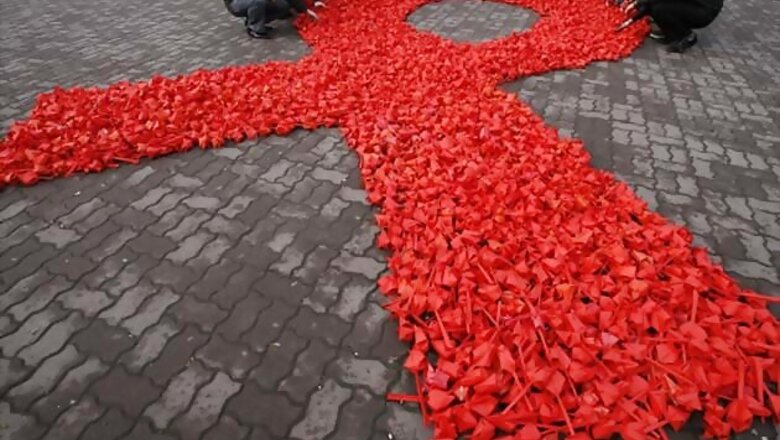
views
Los Angeles: Social media such as Twitter and Facebook can be a valuable tool in the fight against HIV, a new study has found. Researchers demonstrated social media can prompt high-risk populations to request at-home testing kits for the virus that causes AIDS, suggesting a way to potentially boost testing rates.
The study, conducted in Peru among men who have sex with men, found that participants in the intervention arm of a randomised controlled clinical trial were more than twice as likely to be tested for HIV than those who joined a social media group and were provided with traditional HIV prevention services.
The intervention, called Harnessing Online Peer Education (HOPE), combines social media with behavioural psychology to encourage people in high-risk populations to get tested, said Sean Young, from the University of California, Los Angeles.
"This shows that it's not just social media that got people to test, but the HOPE social media interventions and the psychological ingredients it used for changing behaviour," said Young. "In other words, if you're a public health organisation or worker, don't just think that throwing something on Facebook or Twitter will be the solution and change people's behaviours.
"Social media may be helpful, but the HOPE intervention was significantly more likely to change HIV testing behaviour compared to traditional care through social media," Young said. The study was conducted in greater Lima, which reflects the low-and middle-income countries where low-cost interventions such as HOPE could help stem the spread of AIDS.
The 556 Peruvian men who have sex with men were randomly assigned to join control groups or private intervention on Facebook for 12 weeks, with 278 assigned to each group. The control group received an enhanced standard of care, which included standard offline HIV prevention and testing services offered by local clinics and organisations and participation in Facebook groups that provided study updates and HIV testing information.
The intervention group, by contrast, received the enhanced standard of care and also incorporated the HOPE intervention behaviour change model, which utilised peer leaders who sent messages, chats and wall posts and engaged the participants in general friendly conversation.
The peer leaders also communicated information about HIV prevention and testing to the participants. Of the 278 participants in each group, 26 from the intervention group did not complete the follow-up survey and 32 were lost to follow-up on the control side. Of the 252 from the intervention group who provided complete data, 43 (17 per cent) went on to take an HIV test, compared with 16 (7 per cent) of the controls.
In the study, seven participants who tested positive were linked to care at a local clinic. The study was published in the journal Lancet HIV.
















Comments
0 comment